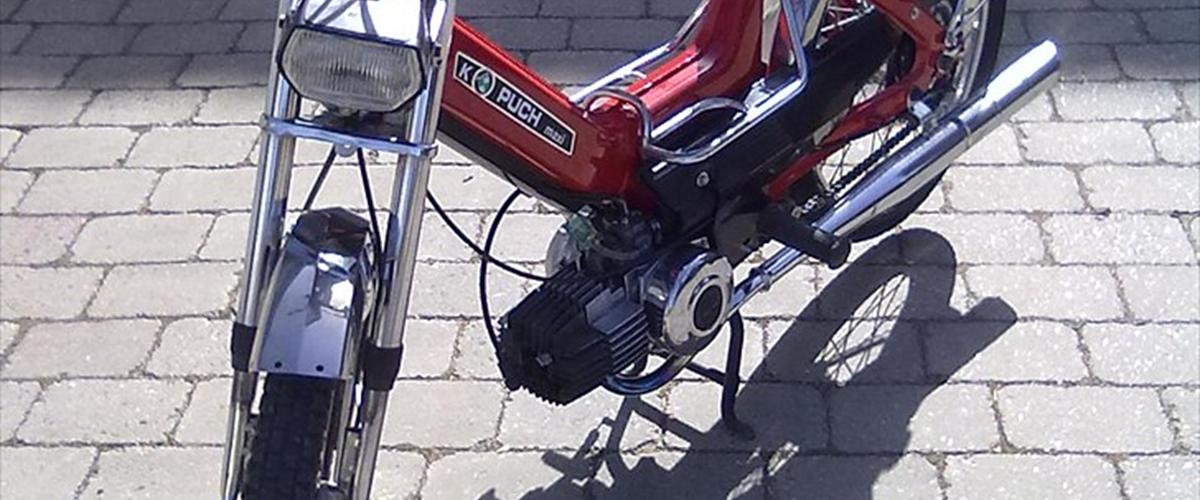
Everything connects to a single data bus - I'll call it a "comm bus" - and one bad device can foul up communication for everybody elseīefore we dive into the troubleshooting steps, here are a couple of things to note:.Both the A and B data lines are required for any communication to work - it doesn't work with just one.The driver chip is easily damaged if the signal exceeds the maximum input ratings (typically +/- 12 volts on the A/B wires), and a bad driver can break the whole comm bus.įrom all the above RS-485 drivel you should take away the following 3 points.Each device uses a special driver chip to control whether the device is talking or listening and converts the RS-485 signal into something the micro-controller can use.If you looked at the RS-485 signal on an oscilloscope you'd see that the signal varies between approximately +12 and -7 DC volts.Only one device is supposed to "talk" on the bus at any given time but all devices can listen.

All devices on the system are connected to a data "bus", which basically means that the "A" wires from all devices are connected together and the "B" wires from all devices are connected together.

Other characteristics of RS-485 communication include: These data wires are labeled "A" and "B" (or sometimes D+ and D-) and the polarity of each wire relative to the other determines whether the data bit is a 1 or a 0. Unlike serial interfaces that have separate Transmit (TX) and Receive (RX) wires, RS-485 uses two "differential" data wires for sending and receiving data. If you're familiar with the RS-485 standard you can skip the next section, otherwise I'd recommend giving it a quick read to get the gist. The first thing you need to know is that Pentair systems use an RS-485 interface for serial communication between connected devices, operating at 9600 baud (8/N/1). The good news is finding the cause of these problems isn't rocket science and involves no black magic.

an Easytouch wireless remote or indoor panel shows "No Comm".



 0 kommentar(er)
0 kommentar(er)
